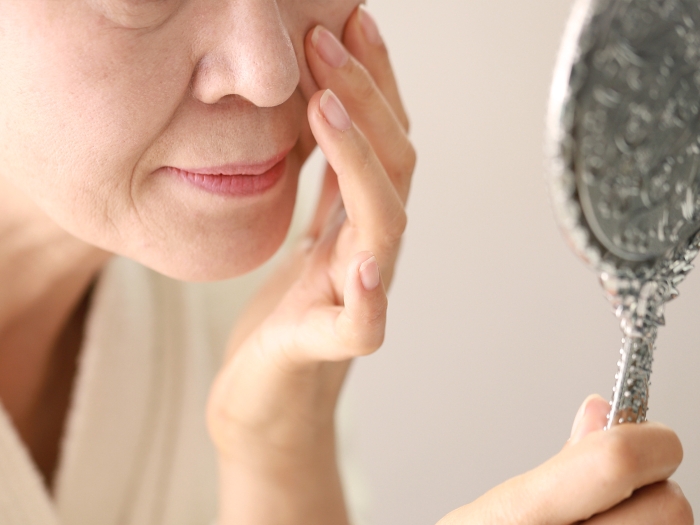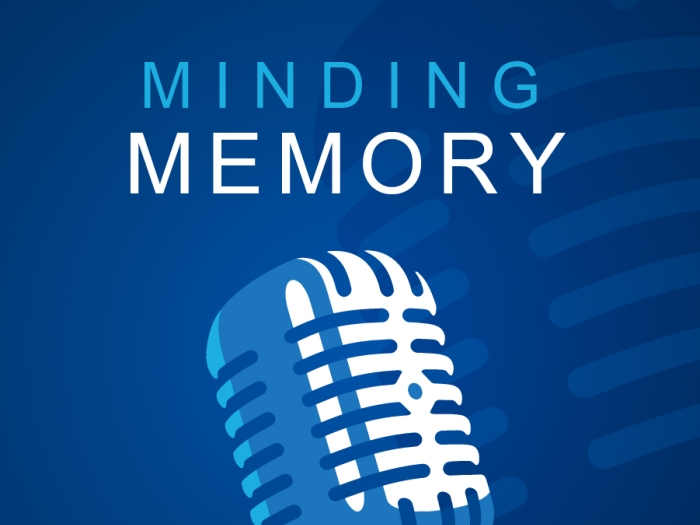Most opted for video, but the future of virtual mental health visits is less certain due to reimbursement.
4:17 PM
Author |

A year ago, trying to find patients who would agree to see their Michigan Medicine mental health provider through a video screen felt like pulling teeth.
Only 26 video visits with a few early-adopters had happened in nearly six months, compared with more than 30,000 in-person visits.
But Jennifer Severe, M.D., one of the three psychiatrists who helped launch a test of telehealth initiatives in the University of Michigan's outpatient psychiatry clinic, wasn't about to give up.
She prepared to give a talk at the beginning of April of 2020, hoping to convince more of her colleagues to give telepsychiatry a try, now that a major insurance company was paying for it. She even had examples of how clinic staff had "rescued" the care of patients who had called at the last minute to cancel an appointment for their depression or bipolar disorder, but agreed to a video therapy session instead.
Severe never got to give that talk.
Instead, on March 23, all non-urgent health care across the state of Michigan shut down to prevent the spread of COVID-19. And video chats and phone calls became the only way for most patients to connect with their psychiatrists and psychologists from Michigan Medicine, U-M's academic medical center.
For nearly all of those patients, it has stayed that way for the past nine months.
Now, a new study led by Severe suggests that more than half of those patients will want to keep going with virtual mental health care even after the pandemic subsides.
According to the new findings published in JMIR Formative Research, the convenience of seeing a provider without leaving home, and avoiding potential exposure to the coronavirus especially for those with other underlying health concerns, factor heavily into this preference. So does a patient's initial experience with seeing a provider virtually.
Patient preferences
The data come from a summer 2020 phone survey of 244 patients or parents of patients who had had appointments scheduled with a U-M mental health provider in the first weeks of the pandemic-related shutdown. Nearly 83% decided to have their or their child's first pandemic-era appointment through a video chat instead.
But the study also suggests a need for special attention to the minority of patients who initially chose to continue psychiatric care through telephone calls.
Though this accounted for less than 14% of the study population, they were more likely to be over 45. By summer, they were much less likely to want to receive mental health care remotely in the future.
SEE ALSO: Telehealth Visits Skyrocket for Older Adults, but Concerns and Barriers Remain
As health insurers and government agencies make decisions about whether and how to pay mental health providers for virtual care in the short- and long-term, the new data could help inform them, says Severe.
"We went from not getting much traction with telepsychiatry, and encountering a lot of reluctance among providers and patients, to having nearly all our care delivered virtually, and offering help to those who need it," she says. "These data suggest an opportunity to turn the experience of the pandemic into an opportunity to improve access to mental health care and improve the continuity of care. But policy and reimbursement decisions will be important."
More about the study
Nearly all the patients in the study group who had a virtual visit by summer said it went as well as they had expected, or better.
Michigan Medicine also now offers assistance for any patient with a scheduled appointment, to help them set up their online patient portal account and test the video visit technology within it.
Parents of children receiving mental health or behavioral health care from Department of Psychiatry providers especially noted that video visits were more engaging.
Phone-visit patients said it was important to have the option to talk when their internet connection was unstable or they had trouble with the video platform. One-third said they were just more comfortable talking by phone.
These data suggest an opportunity to turn the experience of the pandemic into an opportunity to improve access to mental health care and improve the continuity of care. But policy and reimbursement decisions will be important.Jennifer Severe, M.D.
Senior author Mary Carol Blazek, M.D., MEHP, director of the Michigan Medicine Geriatric Psychiatry Clinic, anticipated the barriers to older adult participation in video visits. While the survey was underway, she simultaneously led another project with medical student volunteers, the development of a program called GET Access, short for Geriatric Education for Telehealth Access.
"Nationally, we know that older adults are more likely to lack confidence in or access to the technology needed for video visits," Blazek says. "The GET Access program provides individualized training and practice outside the healthcare encounter, using whatever resources are available to the patient, to make video visits available to geriatric patients. This survey confirms the disparity in video access for older adults here at Michigan Medicine. As we continue to develop telepsychiatry programs, we must include considerations and accommodations for older and other groups with less access to technology."
Impacts on access
Although the new paper does not examine clinic appointment cancellation and no-show rates, anecdotal evidence suggests that it has come down substantially from a one-in-four rate before the pandemic.
Whether it's the debilitating effect of their mental health condition, or their access to transportation, time off from work or child care, many factors can get in the way of a patient making it to an in-person appointment, Severe says. But virtual visits remove most of these barriers.
Cost poses another potential barrier for phone-based care. In the test-run months before COVID-19, insurers wouldn't typically cover phone calls, leaving the provider to absorb the cost or to ask patients to pay out of pocket to talk on the phone with their provider.
Insurers covered phone-based mental health care for much of 2020, but that appears to be ending soon. But Severe says that for certain patients with an established relationship with their mental health provider, phone and video appointments are equally effective and should receive similar reimbursement from insurers. Both modality offer opportunity for a blended care model bridging in-person session with virtual visits as deemed appropriate".
"For the first visit with a new patient, we try to avoid using phone as it limits the initiation of the provider-patient therapeutic alliance, reduce communication cues and limits the mental status exam that includes observing patient facial expressions, interactions, and movement," she says. "Depending on the complexity of the patient's situation, we may need to do a physical examination from time to time, to assess their balance and mobility, and check for medication side effects to name a few."
Going forward, Severe hopes to study more aspects of telepsychiatry in the COVID-19 era, including understanding how socioeconomic status, rural vs. urban residence, technology access and other factors play into access. She notes that the study team chose to conduct their study by phone, instead of reaching out via email or patient portal message, to ensure maximum access.
In addition to Severe and Blazek, the new study was done by medical students and undergraduate students who are co-authors on the new paper: Ruiqi Tang, Faith Horbatch, Regina Onishchenko, and Vidisha Naini. Members of the Michigan Medicine Office of Patient Experience were instrumental in this endeavor and included Jen Sullivan, Caitlin Hanna, Darnysus Jackson and Rose Juhasz.
Paper cited: "Factors Influencing Patients' Initial Decisions Regarding Telepsychiatry Participation During the COVID-19 Pandemic: Telephone-Based Survey," JMIR Form Res. DOI: 10.2196/25469

Explore a variety of healthcare news & stories by visiting the Health Lab home page for more articles.

Department of Communication at Michigan Medicine
Want top health & research news weekly? Sign up for Health Lab’s newsletters today!





